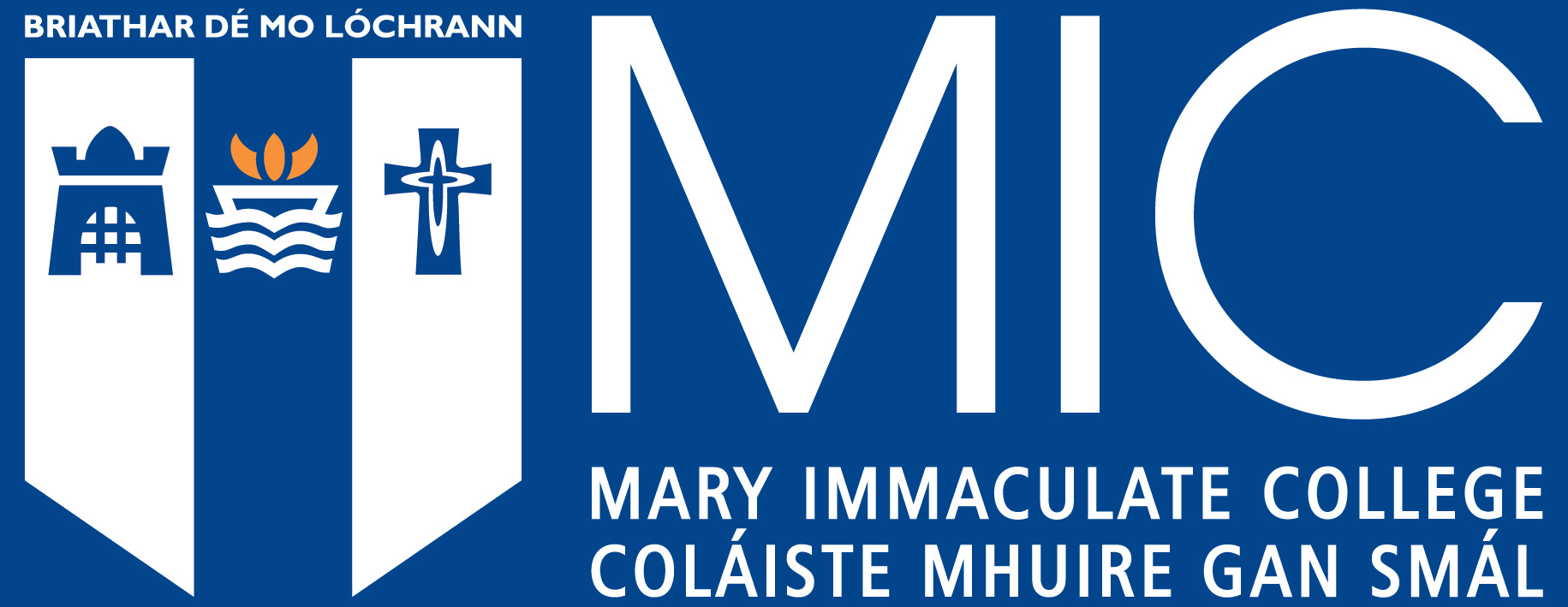TRAM is required for TLR2 endosomal signaling to Type I IFN induction (Pre-published version)
Citation
Stack, J. et al. (2014) TRAM Is Required for TLR2 Endosomal Signaling to Type I IFN Induction. J. Immunol. 193(12): 6090-6102.

View/
Date
2014Author
Stack, Julianne
Doyle, Sarah L.
Connolly, Dympna J.
Reinert, Line S.
O’Keeffe, Kate M.
McLoughlin, Rachel M.
Paludan, Søren R.
Bowie, Andrew G.
Peer Reviewed
YesMetadata
Show full item record
Stack, J. et al. (2014) TRAM Is Required for TLR2 Endosomal Signaling to Type I IFN Induction. J. Immunol. 193(12): 6090-6102.
Abstract
Detection of microbes by TLRs on the plasma membrane leads to the induction of proinflammatory cytokines such as TNF-a, via activation of NF-kB. Alternatively, activation of endosomal TLRs leads to the induction of type I IFNs via IFN regulatory factors (IRFs). TLR4 signaling from the plasma membrane to NF-kB via the Toll/IL-1R (TIR) adaptor protein MyD88 requires the TIR sorting adaptor Mal, whereas endosomal TLR4 signaling to IRF3 via the TIR domain–containing adaptor-inducing IFN-b (TRIF) requires the TRIF-related adaptor molecule (TRAM). Similar to TLR4 homodimers, TLR2 heterodimers can also induce both proinflammatory cytokines and type I IFNs. TLR2 plasma membrane signaling to NF-kB is known to require MyD88 and Mal, whereas endosomal IRF activation by TLR2 requires MyD88. However, it was unclear whether TLR2 requires a sorting adaptor for endosomal signaling, like TLR4 does. In this study, we show that TLR2-dependent IRF7 activation at the endosome is both Mal- and TRAM-dependent, and that TRAM is required for the TLR2-dependent movement of MyD88 to endosomes following ligand engagement. TRAM interacted with both TLR2 and MyD88, suggesting that TRAM can act as a bridging adapter between these two molecules. Furthermore, infection of macrophages lacking TRAM with herpes viruses or the bacterium Staphylococcus aureus led to impaired induction of type I IFN, indicating a role for TRAM in TLR2-dependent responses to human pathogens. Our work reveals that TRAM acts as a sorting adaptor not only for TLR4, but also for TLR2, to facilitate signaling to IRF7 at the endosome, which explains how TLR2 is capable of causing type I IFN induction.
Keywords
TRAMTLR2
Endosomal signaling
Type I IFN
Induction

